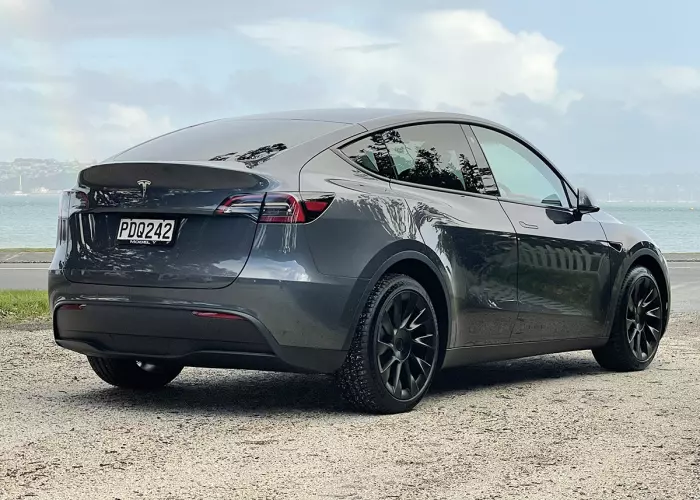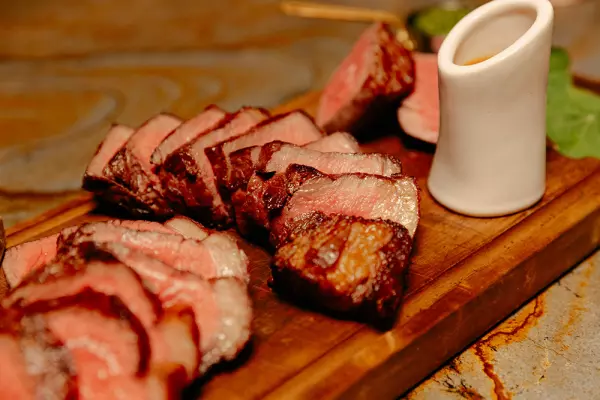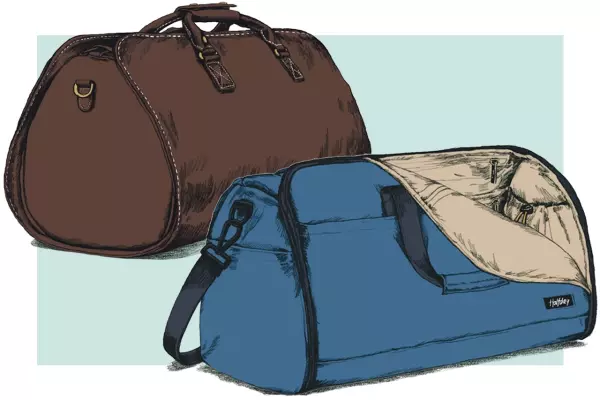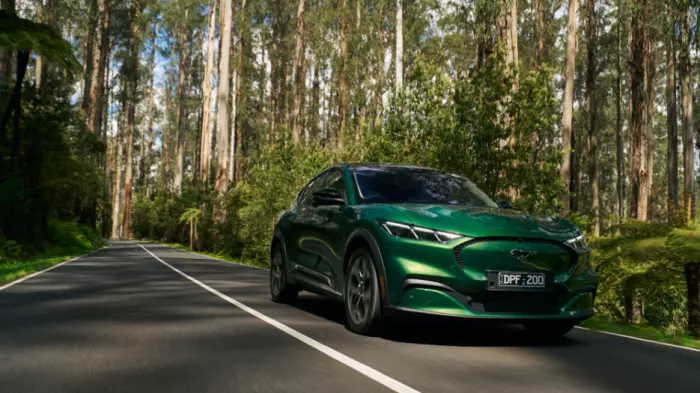Sorry, Elon, I tried to love it.
I’ve written enough stories about cars purporting to be Tesla killers that I’m a little embarrassed by them.
But as polished EVs such as the Polestar 2 and Kia EV6 compete in the same price bracket as the Model 3 and the new (to NZ) Model Y, it becomes clear that Tesla is really becoming the Toyota of the EV world. Just like Toyota in the 1970s, they've systemised the production of EVs with a focus on unit cost rather than market pleasure.
It is a competent, solid EV for the masses with mid-level production values.
During my weekend with the Model Y, I gradually fall out of love with it. Not because there is much inherently wrong with it, but just because it is kind of boring.
It is based on the Model 3 but is slightly longer and taller. The rear seats, in particular, are better for passengers.
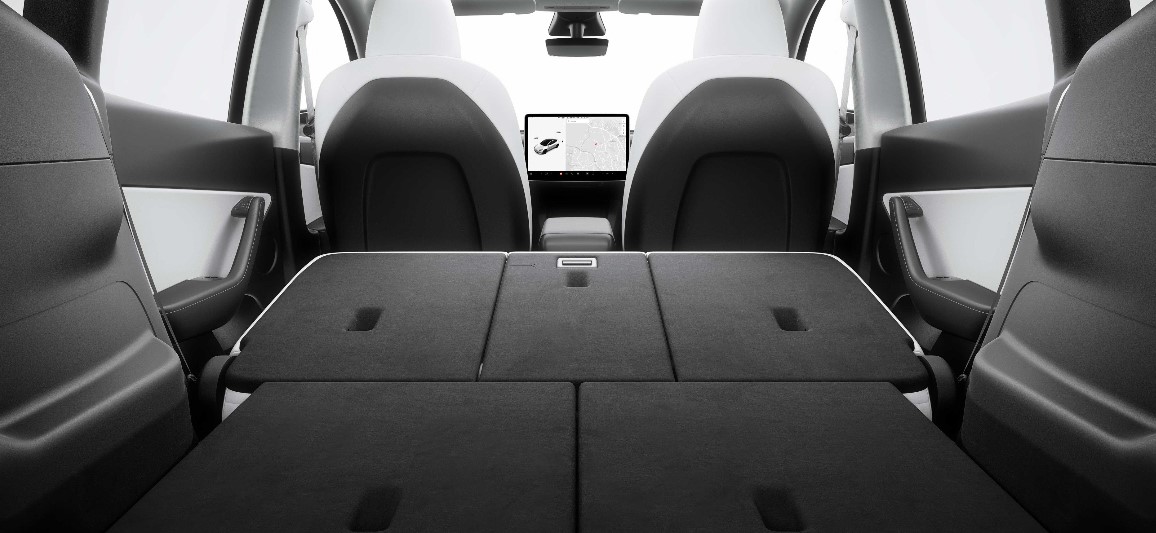 Passengers will enjoy the extra room in the Model Y. (Image: Supplied)
Passengers will enjoy the extra room in the Model Y. (Image: Supplied) The supremely important touchscreen is unresponsive and (shock!) poorly designed for use while driving. The buttons are too small and I sometimes need to prod them repeatedly to make anything happen. One time, the radio was stuck for nearly an entire Celine Dion song. That is just misery. The inside door handles are a pain. They are just a badly positioned button, which creates a case study for form over function.
All controls are within the tablet screen, including speed. I’m left wanting a heads-up display or for some usability research that understands it is a poor user experience for the driver to be constantly looking to the left and down to the screen to check speed.
 The position of the touchscreen is not ideal. (Image: Supplied)
The position of the touchscreen is not ideal. (Image: Supplied)Although the Model Y is now a firm favourite, I prefer the 3. It is a bit faster, a bit cheaper and a bit lower to the ground. The Y easily wins on luggage space, but that’s not enough to make me favour it.
The entry model vehicle I test has the 60kW battery and retails for $76,200, or $78,243 including on-road costs.
Teslas at this price are white. Any other colour is $1,700 extra, except for red, which is an inexplicable $3300, which kills your clean-car rebate, so is really $9k more.
Even the change from white to black, grey or blue pushes the drive-away price up to $79,943.
There’s a solid reason for this. Tesla recently revealed it costs $63,000 to produce a car (less than half the cost in 2017). So, remove the GST from the $76,200 sticker price and Tesla receives $72,450 per sale. That needs to cover marketing, NZ staff and who knows what else? My guess would be that Tesla is still making a loss on every vehicle it sells here.
Where Tesla excels is in range, which is 514km for the Model Y, and safety features. In the US, Tesla is beta testing full self-driving capabilities, but some estimates reckon only 5% of NZ roads are good enough for self-driving vehicles.
You can also completely do away with a key. Either use a special plastic card or just set up your phone. Then, when you are nearby, the car will unlock.
Tesla’s four-year/80,000km warranty on the vehicle and eight-year/160,000km warranty on the battery are sub-par nowadays. The BYD Atto 3, which has similar specs to the Model Y for $57,990, has a six-year/160,000km vehicle and eight-year/160,000km battery warranty.
The BYD vehicle also has a better battery. It is so good that Tesla is now using it in European-made vehicles, though our Chinese-made Teslas still have the old tech.
Order a model Y now and expect delivery in November or December, and I am sure you’ll be happy with it if you love Teslas.
But, I’m sorry, the EV6 and Polestar 2 are better mid-size battery-electric SUVs for the same price.


